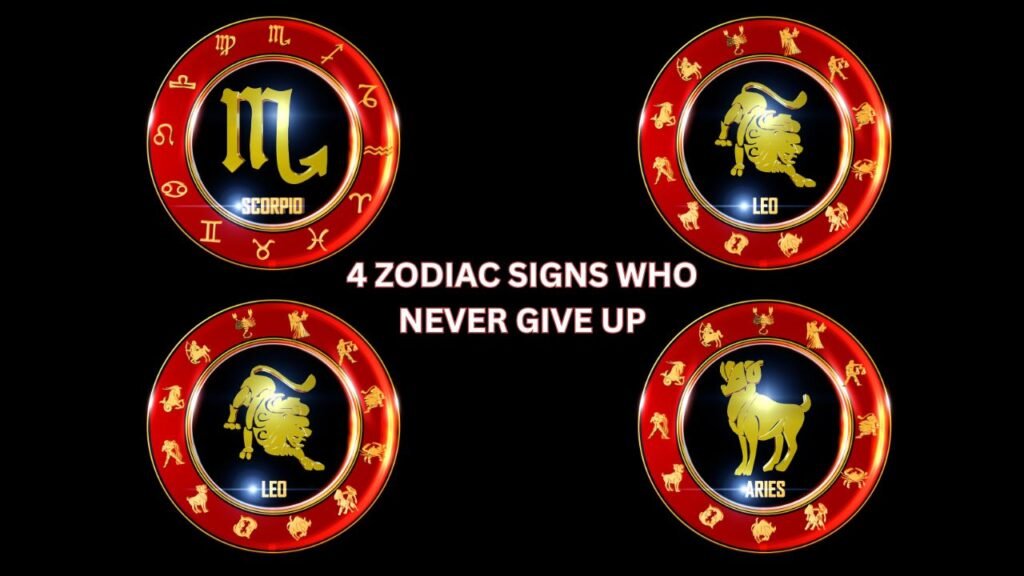Kundali Matching: 5 Key Insights You Need to Know
Kundali Matching- 5 Key insights you need to know In many cultures, especially in India, the process of Kundali matching holds immense significance when it comes to marriages. It is a traditional practice that involves matching the birth charts of prospective brides and grooms to ensure compatibility and a harmonious union. In this blog, we …
Kundali Matching: 5 Key Insights You Need to Know Read More »








